Explosive Atmospheres & Safe Access

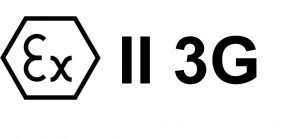
Zone 2
Explosive atmosphere from gaseous by-product not likely to occur in normal operation and only for short periods of time.
Category 3
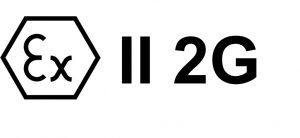
Zone 1
Explosive atmosphere from gaseous by-product likely to occur in normal operation occasionally.
Category 2

Zone 0
Explosive atmosphere from gaseous by-product continually present
Category 1

Zone 20
Explosive atmosphere from dusts continually present
Category 1
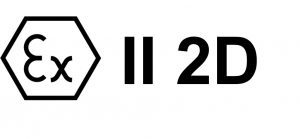
Zone 21
Explosive atmosphere from dusts likely to occur in normal operation occasionally.
Category 2
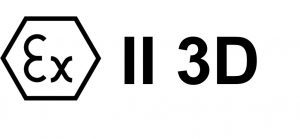
Zone 22
Explosive atmosphere from dusts not likely to occur in normal operation and only for short periods of time.
Category 3


Zone 2
Explosive atmosphere from gaseous by-product not likely to occur in normal operation and only for short periods of time.
Category 3

Zone 1
Explosive atmosphere from gaseous by-product likely to occur in normal operation occasionally.
Category 2

Zone 0
Explosive atmosphere from gaseous by-product continually present
Category 1

Zone 20
Explosive atmosphere from dusts continually present
Category 1

Zone 21
Explosive atmosphere from dusts likely to occur in normal operation occasionally.
Category 2

Zone 22
Explosive atmosphere from dusts not likely to occur in normal operation and only for short periods of time.
Category 3
💥“How can you protect personnel in Explosive Atmospheres and Hazardous Locations?” 💥
Fortress have developed a range of robust interlocking solutions for safe access of operators to Explosive Atmospheres and Hazardous Locations. Click on the numbers in the interactive image below to find out more on trapped key sequences!
🎥 Watch the Video Below to see How this Trapped Key System Works 🎥
Key Exchange and Whole Body Access to Explosive Atmospheres
In this video, we take a closer look at a key exchange or ‘intermediate transfer’. The intermediate transfer can be used to transfer keys from points of power or control isolation (removing the hazardous energy from your system), to points of access. Ensuring hazardous energy is not returned to the system until access is completed.
Example Product: EXPXMS4-2-2-CLSS-Y (non-sequential key exchange with two keys inserted to release two keys)
Trapped Key Access to Explosive Atmospheres
Trapped key access solutions ensure the ‘right’ key is inserted before access is possible. In this example, a monitoring switch detects when the key is inserted. The product pictured is designed for use in up to Zone 1/21 where there is a high risk of gas/vapour (Zone 1) or high risk of powder/dust (Zone 21).
Example product: EXPTA2S6AKL21XT401
Solenoid Controlled Access to Explosive Atmospheres
Often, hazards are not immediately safe following a stop command. Solenoid controlled access allows hazardous systems to run-down and enter a safe state prior to entry. This video shows a ‘power to unlock device’ which is only powered up when access is permitted (i.e. the run-down time is completed). But what happens if power to this device is lost? Well, it stays locked to prevent access to the hazard. However, if access is ever required, a built in auxiliary release (override) can be operated to remove the actuator from the device.
What happens if my Access Location is defined as Zone 0 / 20
Whilst electromechanical systems are unsuited for Zone 0/20, the use of key transfer enables a fully mechanical access interlock at the entry point, with an isolation switch in the Zone 1/21/2/22 area or, as pictured in the example below, a switch positions entirely outside the hazardous area.
The isolation switch pictured in the video is not rated for use in the ‘Hazardous Environment or Explosive Atmosphere’. To keep all electrical circuitry outside of this area, the key is transferred from the isolation point, into the hazardous environment to permit access to the entry point.
Standard Wiring Configurations
Click below for internal wiring support
🔌 Monitored Access 🔌
🔌 Solenoid Controlled devices with Power to Unlock 🔌
🔌 Solenoid Controlled devices with Power to Lock 🔌
The Alfred Product Range harnesses the 40 years of Fortress experience in safeguarded technology with the hazards of explosive atmospheres. Our robust solutions protect operators entering these locations, with a design which reduces the risk of dangerous ignition.
📙 Learn More Here 📙
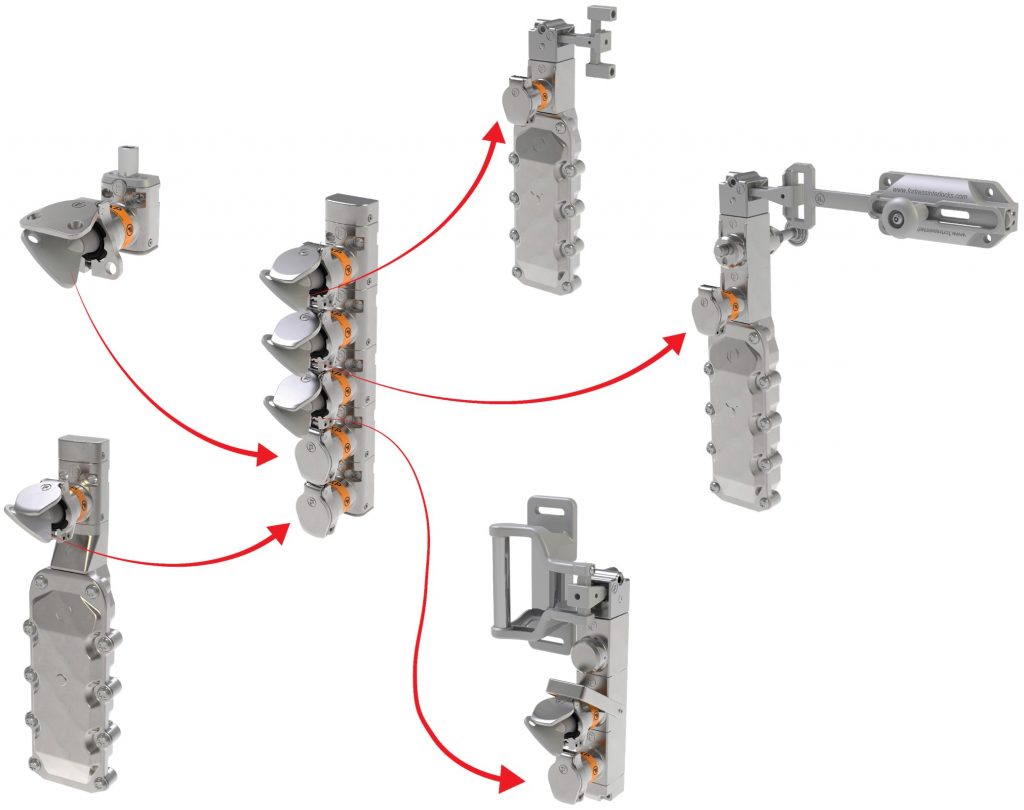
📝 Interested in an Interlocking Solution for Hazardous Environments? Contact our Team Here 📝
